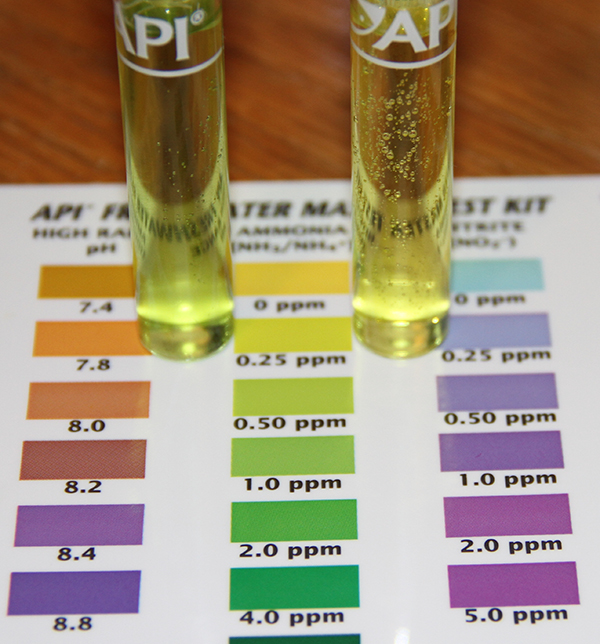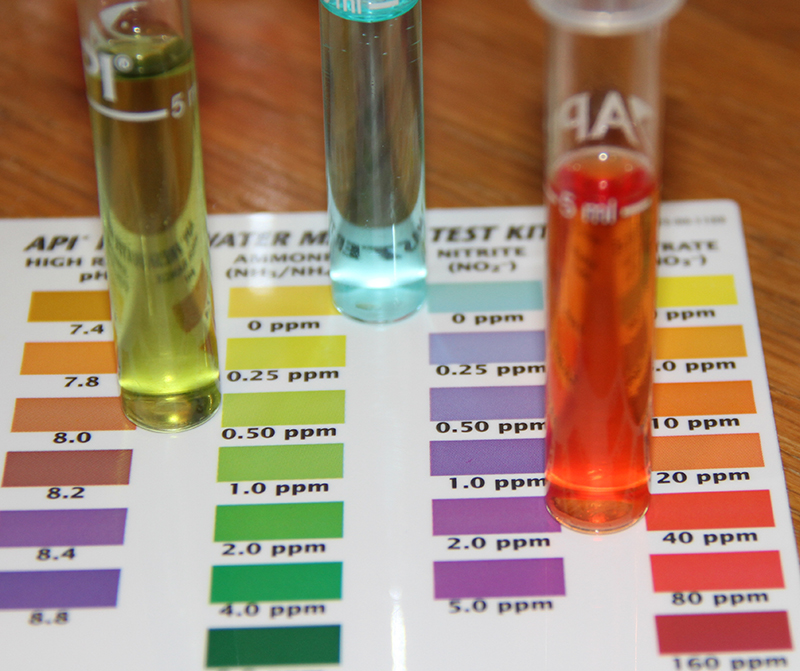Koppriecht
Aquarium Advice Regular
- Joined
- Aug 31, 2014
- Messages
- 92
How big a deal is this. I have 11 fish in my 30 gallon tank and the ammonia reading is at .25 ppm. The tank is about 6 months old and I did a 50% water change last weekend after I tested the water but the ammonia is still there.
I figure it can be 3 things:
1) Bio-load too high
2) Feeding the fish too much or too often
3) Changed the filter bag. (This done about a month ago but the water was never tested.)
Will another wc do any good?
I figure it can be 3 things:
1) Bio-load too high
2) Feeding the fish too much or too often
3) Changed the filter bag. (This done about a month ago but the water was never tested.)
Will another wc do any good?


